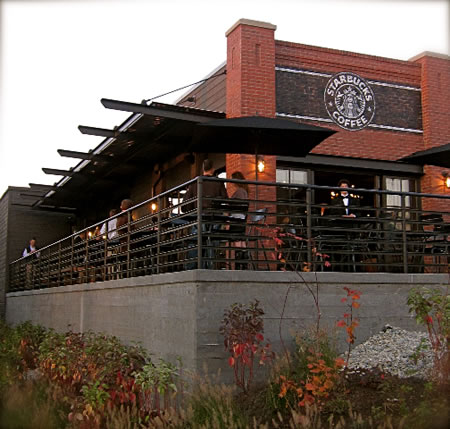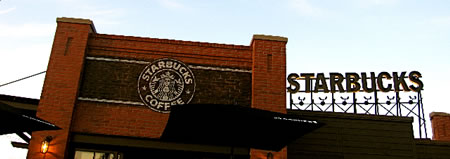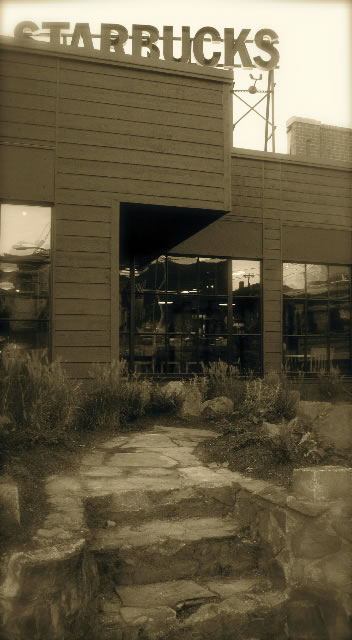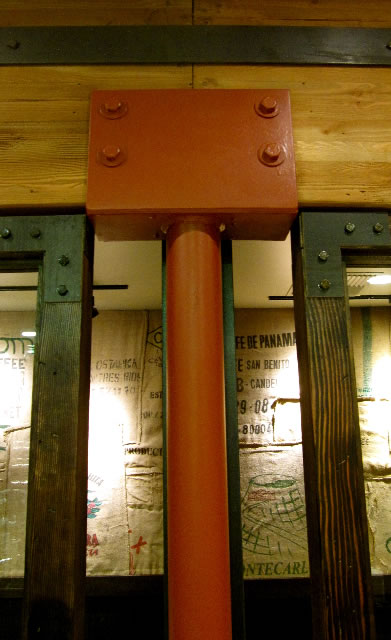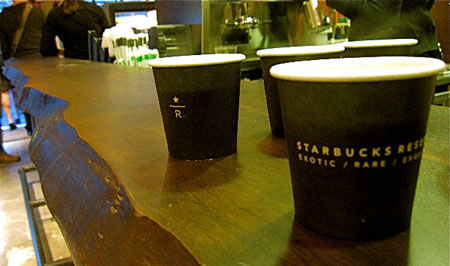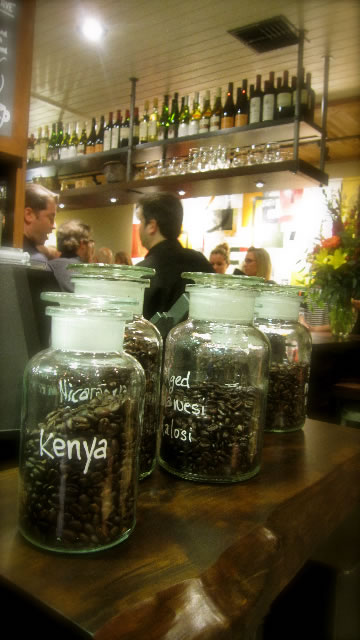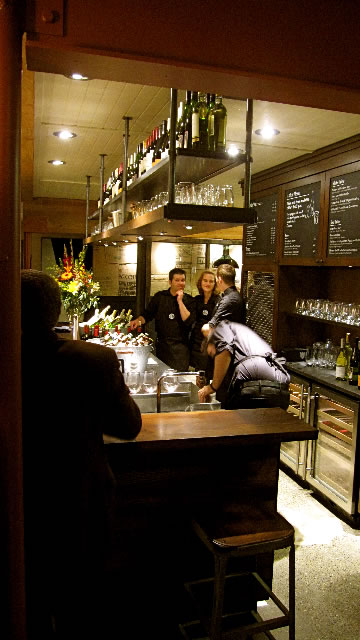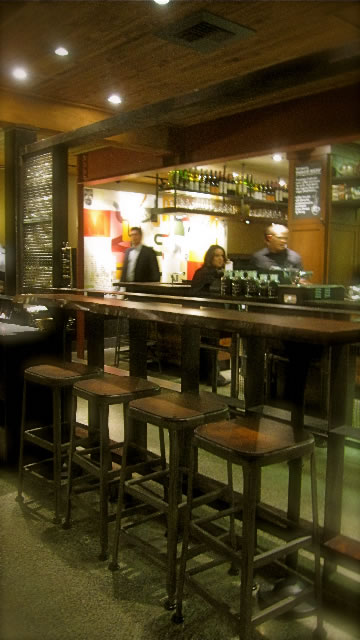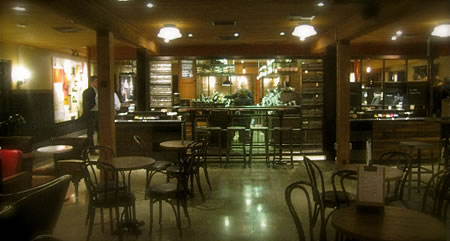Redesigning connections to community, experience design and retail food service
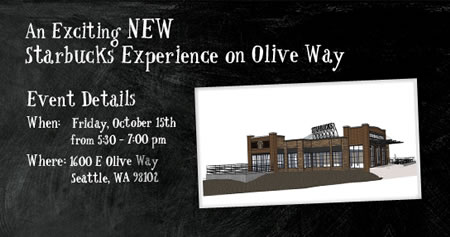
“This incredible new store design represents our ongoing commitment and leadership in global store design and offers a new experience to the Capitol Hill neighborhood. You will have an opportunity to experience the finest coffees including Special Reserve, an expanded food menu and our new wine and beer offerings.” Arthur Rubinfeld
Working with restaurant groups, over time, there’s always reinvention, there is always evolution. But is the redesign just decoration, or it is, could it be — more? Foundationally, at the heart of the work, this represents a deepening of strategy in how people relate to each other and the brand.
What’s in a word?
Relate.
There are tiers of meaning here — one, the verb relate — 2,000 years back, from the Latin, relatus — used as the past participle of referre — that is, to refer. This means back, again (the “re” part of the word). The “latus” comes from the noun, oblate. This link reaches to oblatus — the past participle of offerre — “to offer, to bring forth, to be borne.”
What the layering of this content suggests is that there is a story, there’s something to carry, something to be brought forth — it’s a bearing, a gift. But I’m interested in relationships and brand — and the bridge from relatus, the reference, the referring — is the carrying of the story from one, to another, to another. Brands work like that. People work like that, the link to story and human reference (the bearing) is how all of us tend to connect with each other. We’re telling a story. Brands are like that — it’s all about the idea of telling a story, the relating, that builds to a relationship. Communities are borne — and either you buy into the story or not.
Starbucks has a story — and that story goes back. Our take, after the big surge of growth in the early 2000s was go back home. Literally, reclaim what you’ve got, where you’ve been — go home to where the heart is. That’s a good lesson for us all — we all need to go home.
So where is the heart of Starbucks now? They’re rethinking the propositions of how and where home is defined is defined for them. Working with Arthur Rubinfeld, Tim Pfeiffer and Liz Muller, more than a year back, I had an early insight into the nature of this evolution –moving to new materials, layers of design propositions, sustainable materials and a profound sense of locality: this program is underway, world wide and these details have been blogged earlier in Girvin overviews. The point of evolutions continue. New stories unfold at Olive Way, their new concept, just rolling out. That exploration began, one might surmise, with the concept of their opening “test lab” at 15th Avenue East, noted here. Their second “inspiration” emerged at Roy, examined in this notation on brandcoding:
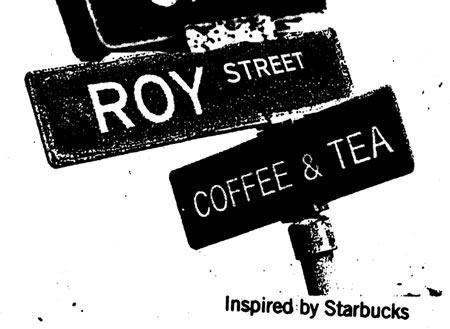
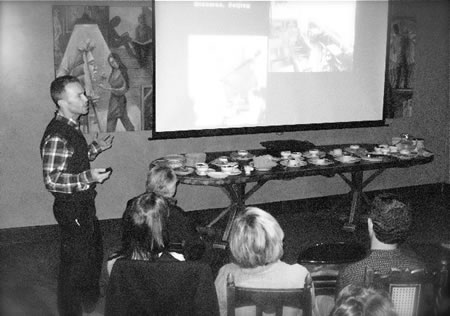
Tim Pfeiffer, SVP | Global Retail Concept Design Director, Starbucks, presenting the Starbucks global retail envisioning at International Retail Design Chapter event at Roy Street (theatre).
First & Pike, University Village, 15th Avenue Coffee & Tea, Roy Street…
Onwards to Olive Way.
As their press defines it, “Starbucks is renovating our location at 1600 East Olive Way in Seattle, a high-profile store in the vibrant Capitol Hill neighborhood.
When the store re-opens later this fall, (opening 10.18.10 @ 6.am) customers will experience a stunning new exterior and interior LEED®-registered to help reduce the stores environmental impact. We will also source reclaimed and local materials as well as work from local artists. The enhanced interior will focus on the customer coffee experience by bringing them closer to the art of Starbucks handcrafted beverages. As part of this enhanced coffee experience, we will also offer new premium foods as well as wine and beer.
We’re always working to enhance the Starbucks Experience, and innovation — from our beverages and food to the atmosphere and design of our stores and our interaction with customers — is a way of life for us. We have successfully tested new store designs as well as an enhanced menu in some of our stores within the last year. We are now applying what we’ve learned to create a new way for customers to experience their neighborhood Starbucks where it makes sense while offering a late afternoon and evening destination.”
Starbucks has been exploring the concept of the metaphor of home, the nature of a place to be, over the course of the last half decade — and it’s emerging as a new hub, in strategic conception. People are welcomed to work there — not for a bit, in and out, but rather to treat Starbucks as a place to engage in all levels of enterprise experience. Two friends have “offices” in Starbucks. To meet Neil Patel, or Fred Thornes, it’s a matter of connecting at their “offices” (at a Starbucks Café). Low overhead. But Starbucks supports this strategy since it all goes back to the beginning — relating relationships. And expanding the “Third Place” propositions.
The potion that was brewed here looked to the spirit of creating a brand experience — and story in a story — in the very notion of a “working place,” coupled with a theater space, that could even be used for presentations, events and movies. The concept of the tertiary “place” — extends in the nature of this new concept, the Fourth place — a bridge from Roy, serving food, wine — but offering even more potential to the idea of community, neighborhood connectivity and “placeness.” Special products are part of the mix — a newly defined series of special blends, the Reserve. The Reserve makes a newly positioned use of Clover brewing technology, a kind of compression based quintessence of tasting experience. Now, to Starbucks strategy, it’s less about the hardware and more about the essential character — even luxury — of the blend.

But the idea of East Olive Way pushes the edge of the story, into new ground. The building, more than 100 years old, was once a house, even a Red Robin, before it became a Starbucks, situated just off the sloped summit of Capitol Hill — for the last 13 years.
Some details, from Stacy Krum — Starbucks liaison –on the nature of the structure — repurposing:
• The columns and floor were preserved from the existing building
• The coffee bag tapestry on the wall was created using repurposed burlap coffee bags from the Starbucks Roasting Plant in Kent, Washington
• The live-edge wood at the coffee bar was made from urban salvaged wood.
• The wood for the case-worked panels was made from reclaimed wood flooring
• The structure of the main serving bar incorporates reclaimed and recycled materials
• The community table was made from flooring from Seattle’s Garfield High School.
• The community board was made from reused panels from old espresso machines.
• Some of the chairs were originally from the University of Washington campus.
Speaking with international retail architect and designer, Dawn Clark — VP, lead creative for global design planning and implementation at Starbucks, she offers an added notation — this is “one of a number of stores, worldwide, to be either LEED registered or certified. East Olive is registered for LEED Gold certification, the latest example of Starbucks commitment to environmental sustainability. The larger effort is moving to this model for LEED in a global context — and piloting this effort as a global standard.”
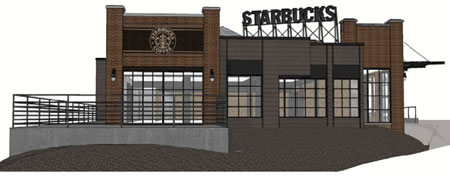
Digital elevations, Olive Way, view north (Starbucks image)
Some added details, in the rendering of the conception, these from Arthur Rubinfeld’s overview document:
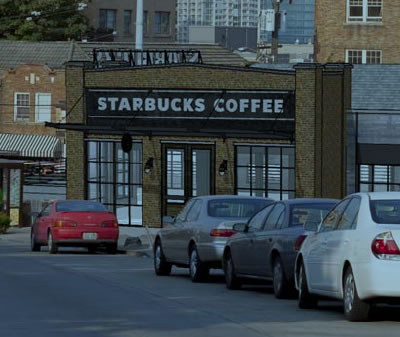
(Starbucks image) Digital composite, contextual reference study
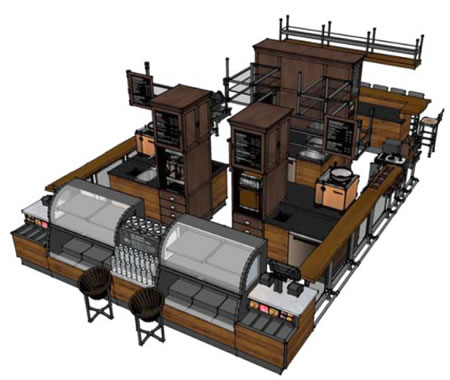
Axonometric study, merchandising arrangement (Starbucks image)
She went to the party, I missed it, being out of town. Dawn, kindly pardon the photographic manipulations (more on her work, here).
Once again, the concept — in evolution — deepens the layering of a broader construct of relationships: that carrying, the referring, the story. The complications of merchandising — from coffee, to food, then the legalities of alcohol, it’s a new range that they’re examining in these prototypes.
Every step, takes them one point further. But in building a new concept of home, community, neighborhood relationships, it might be something that will be expanded in a global basis. The global designers — from all over the world, the leadership team has been in Seattle — and there’s an interest in seeing this concept extend dramatically — another story, the fourth place — worldwide.
The opening reference — literally, a carrying the relating of the story — it’s something to speak to the foundations of brand, but more so, to experience design, branded entertainment, and the spirit of hospitality. For the end, restaurant — food and beverage service — its heart lies there: restauration.
t i m
–––
B U I L D I N G L O V E B R A N D E X P E R I E N C E S
the reels: http://www.youtube.com/user/GIRVIN888
girvin blogs:
http://blog.girvin.com/
https://tim.girvin.com/index.php
girvin profiles and communities:
TED: http://www.ted.com/index.php/profiles/view/id/825
Behance: http://www.behance.net/GIRVIN-Branding
Flickr: http://www.flickr.com/photos/tgirvin/
Google: http://www.google.com/profiles/timgirvin
LinkedIn: http://www.linkedin.com/in/timgirvin
Facebook: http://www.facebook.com/people/Tim-Girvin/644114347
Facebook Page: http://www.facebook.com/pages/Seattle-WA/GIRVIN/91069489624
Twitter: http://twitter.com/tgirvin
